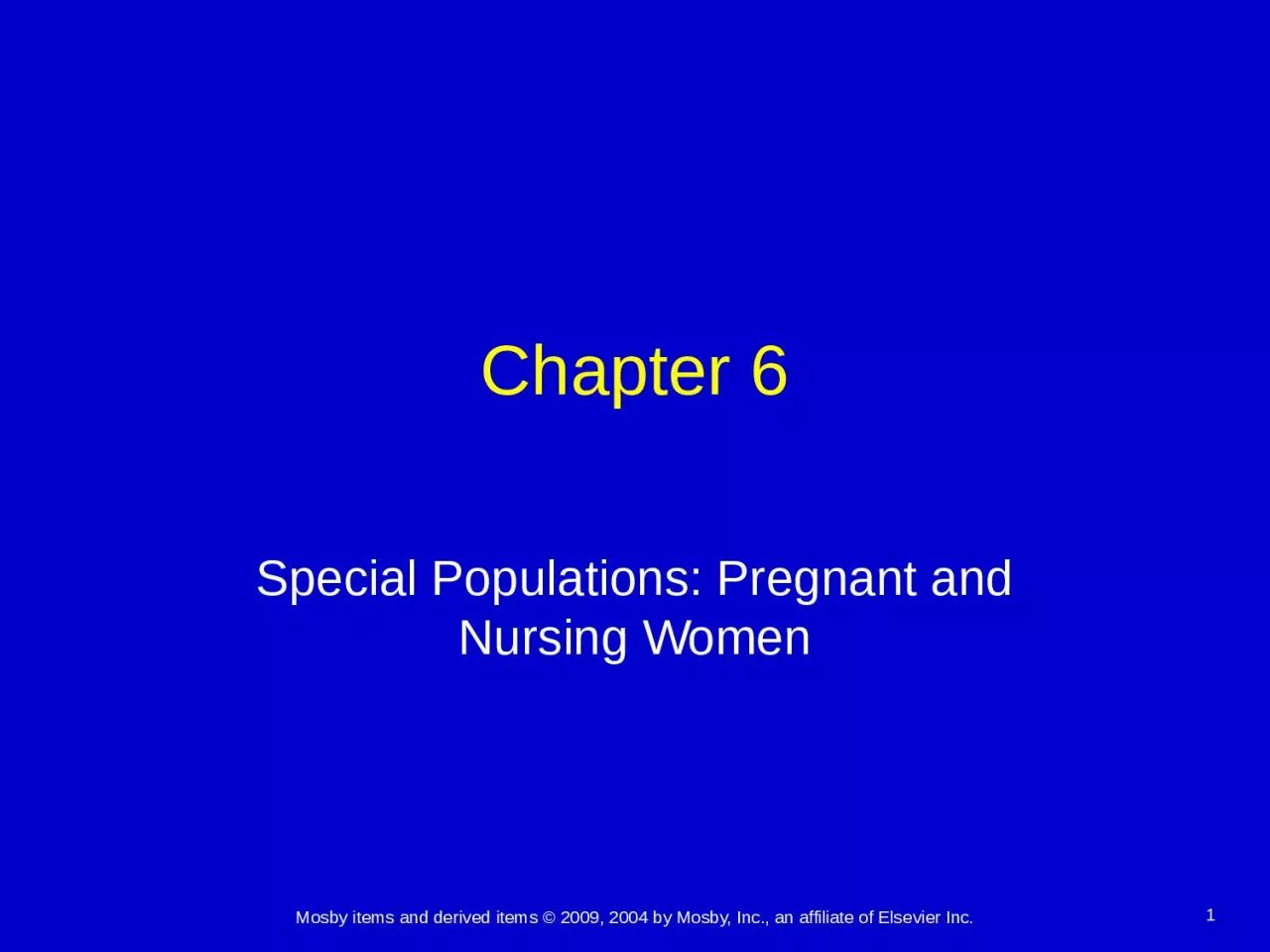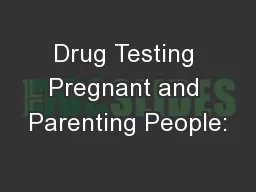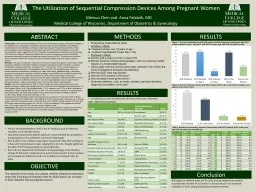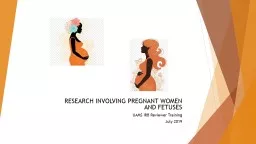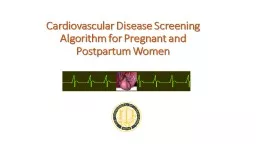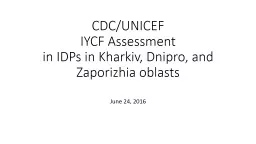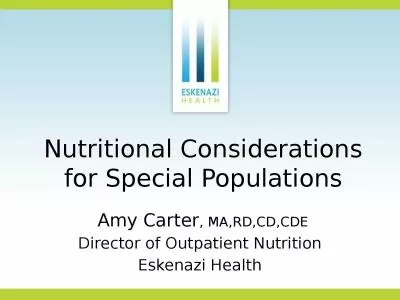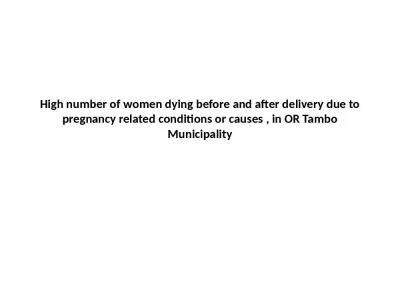PPT-Chapter 6 Special Populations: Pregnant and Nursing Women
Author : Ruggedheart | Published Date : 2022-08-02
Drugs in Pregnant Women Incidence 90 of pregnant women have or develop medical problems that require them to take more than one prescription drug during pregnancy
Presentation Embed Code
Download Presentation
Download Presentation The PPT/PDF document "Chapter 6 Special Populations: Pregnant ..." is the property of its rightful owner. Permission is granted to download and print the materials on this website for personal, non-commercial use only, and to display it on your personal computer provided you do not modify the materials and that you retain all copyright notices contained in the materials. By downloading content from our website, you accept the terms of this agreement.
Chapter 6 Special Populations: Pregnant and Nursing Women: Transcript
Download Rules Of Document
"Chapter 6 Special Populations: Pregnant and Nursing Women"The content belongs to its owner. You may download and print it for personal use, without modification, and keep all copyright notices. By downloading, you agree to these terms.
Related Documents

